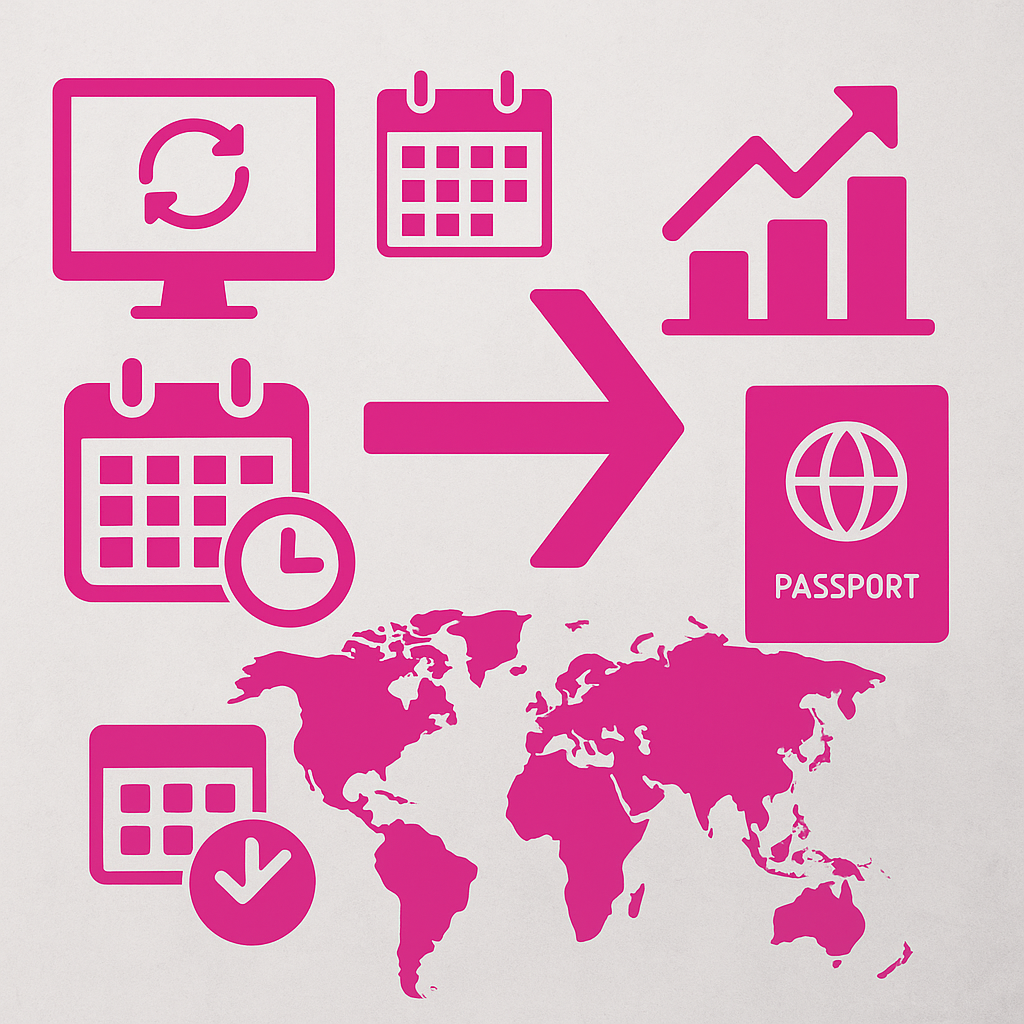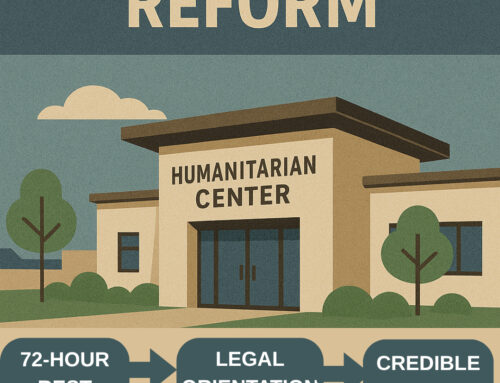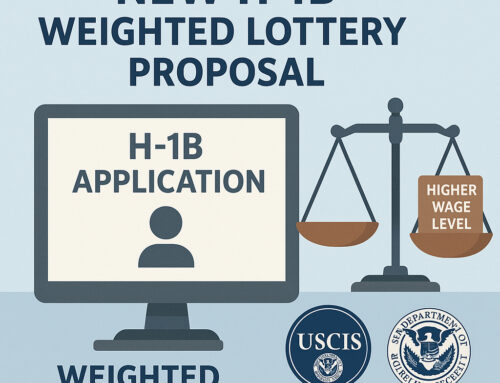The U.S. Department of State has launched a newly redesigned visa appointment wait times page as of April 2025. This update comes after a brief period during which the old site was taken offline, creating confusion among applicants trying to plan their travel. The new system introduces more detailed and transparent data for both nonimmigrant and immigrant visa appointments at U.S. embassies and consulates around the world.
What’s Changed?
1. Refined Data Presentation
For B-1/B-2 visitor visas, the website now shows two key pieces of information:
- The average wait time experienced by applicants over the past month
- The estimated wait time until the next available interview appointment
For other nonimmigrant categories—including student visas (F, M), exchange visitor visas (J), and petition-based employment categories (such as H-1B, L-1, O, and P)—the page only reflects the estimated time until the next available appointment. This is a shift from previous formats that provided more generalized or outdated information.
2. Appointment Slot Releases
U.S. embassies and consulates are actively releasing new appointment slots on a rolling basis. Applicants are encouraged to monitor the online scheduling systems frequently, as earlier appointments may appear without notice. This applies to both first-time interviews and rescheduled appointments.
3. Clarified Calculation Method
The Department of State has also clarified how it calculates wait times. Months are measured as 30 days and half-months as 15 days, and this count includes weekends and holidays—even when the embassy or consulate is closed. This standardized approach is intended to provide a more consistent and predictable measure of wait times across different locations.
Why This Matters
For individuals planning international travel, study, employment, or family reunification, understanding the actual wait time for a visa appointment is crucial. The updated site allows applicants to plan more strategically and set realistic expectations, especially in high-demand consulates.
It’s also important to distinguish between the historical average and current availability—just because appointments were delayed last month doesn’t necessarily reflect today’s landscape. This dual-data approach helps paint a fuller picture.
What You Should Do
- Check frequently. Availability can change daily.
- Understand the numbers. Compare both the average wait time and the estimated next available appointment to make informed decisions.
- Review consulate-specific guidance. Each location may have additional instructions, especially regarding interview waivers.
For real-time updates, visit the U.S. Department of State’s Global Visa Wait Times page.
Need help navigating your visa options or planning ahead based on these changes? Our team at Garvish Immigration Law Group is here to guide you every step of the way.
About the Author
Elizabeth Garvish
Elizabeth L.A. Garvish founded Garvish Immigration Law Group, LLC in 2011 after practicing immigration law in small boutique firms, big law and nonprofits. Elizabeth is a frequent speaker and presenter on entrepreneurship and U.S. immigration topics around the world. She is an active member of the American Immigration Lawyers Association (AILA) and serves on various national committees and is the Past Chair of the Georgia-Alabama Chapter of AILA. Elizabeth is also a certified member of the EO Global Speakers Academy.





